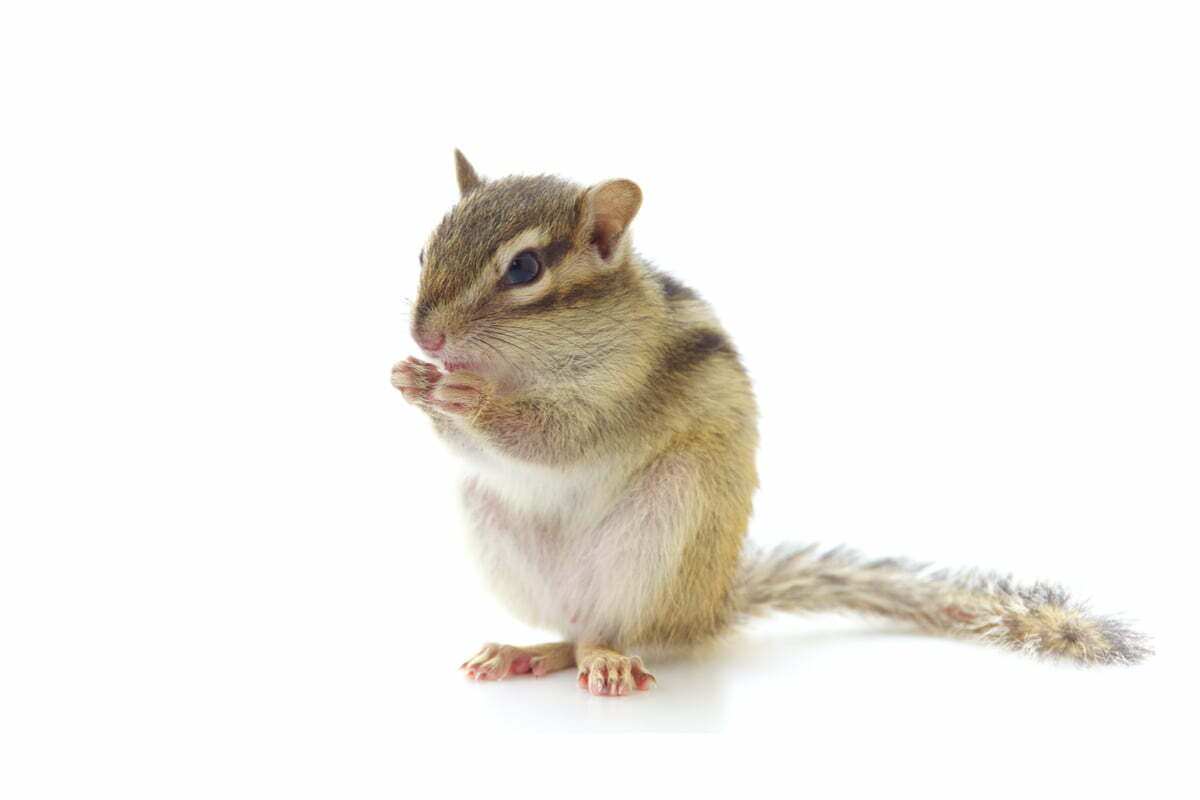Chipmunk
Appearance
The chipmunk is different from its cousin the squirrel by its smaller size; five red, dark brown or black and tan stripes on its back; its white belly and its tail that is less bushy. The length of chipmunks varies from 22 to 30 cm.
Think you might have found this animal in your home?
Talk with an Expert
Life Cycle
After a gestation period of one month, the female chipmunk gives birth to between 3 and 5 young. After 8 weeks they are weaned and independent. In captivity, the chipmunk can live up 8 years, but in the wild its lifespan is about 4 years due to lack of food and water, diseases, predators and other environmental factors.
Habitat and Food
The chipmunk is generally a friendly animal and easily tamed. Its diet consists of seeds, flower bulbs and corn. Sometimes a chipmunk gets into a home and hides.
Undesirable Effects
If a chipmunk sneaks into a house, it can cause structural damage and leave feces. It is therefore recommended that a technician catches it and places the chipmunk back into its natural environment.
Signs of Presence
Structural damage under the stairs or patio, as well as damage on the foundation can be a sign of the presence of many chipmunks around the home. These rodents can also be noisy, which may bother some people.